Medal of Honor Trees
Arlington National Cemetery's Medal of Honor trees are descendants of ones that have witnessed significant moments in American history. They were planted to recognize Medal of Honor recipients from the state accompanying the historical event, place or person. Click on each image to enlarge or download.
See also:
► Map of the Medal of Honor trees
► Medal of Honor recipients laid to rest at ANC
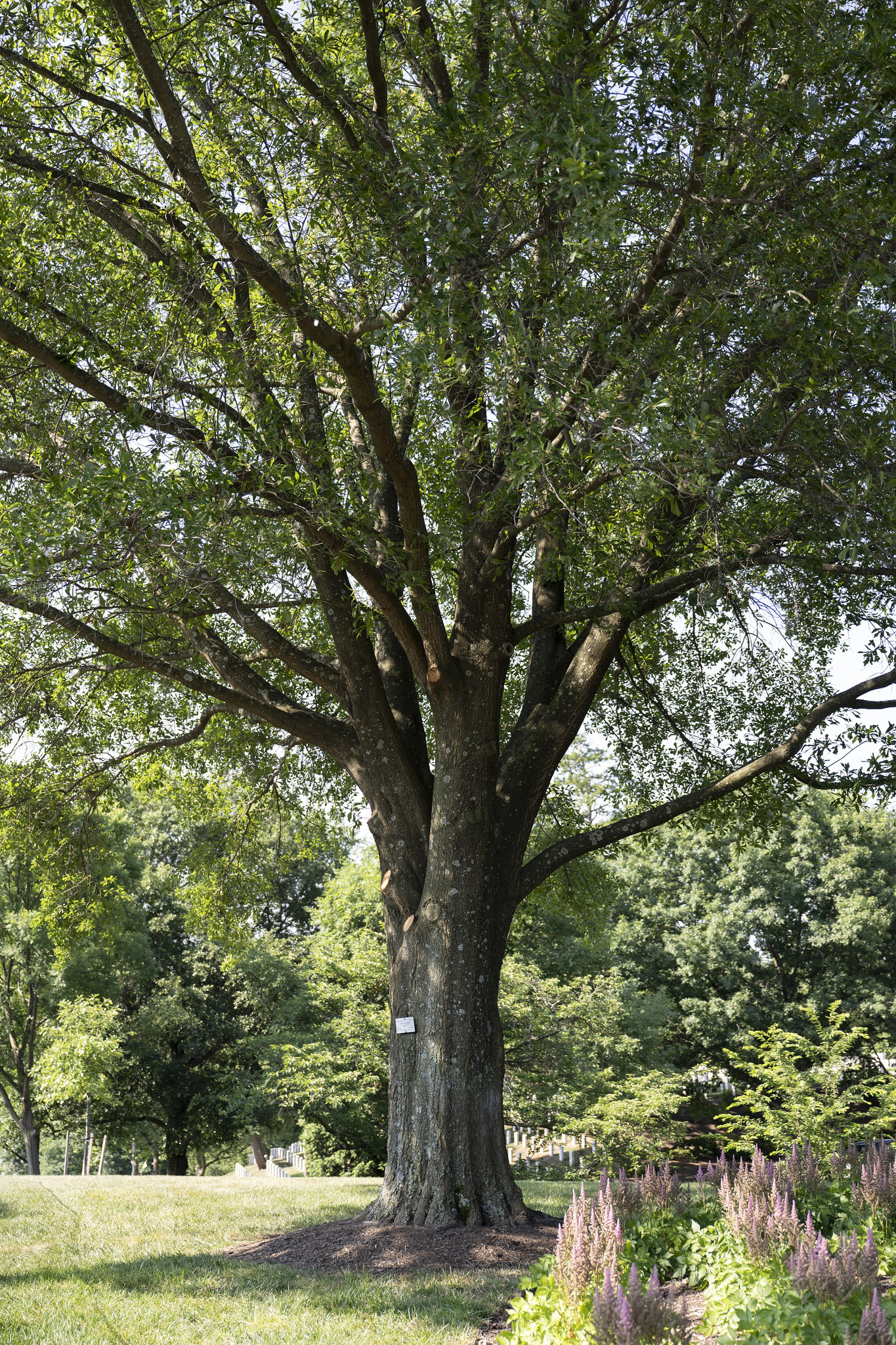
Tree #1: Martin Luther King Jr. Water Oak
The Martin Luther King Jr. Water Oak is part of a grove of water oaks located next to the Brown Chapel African Methodist Episcopal Church in Selma, Alabama.
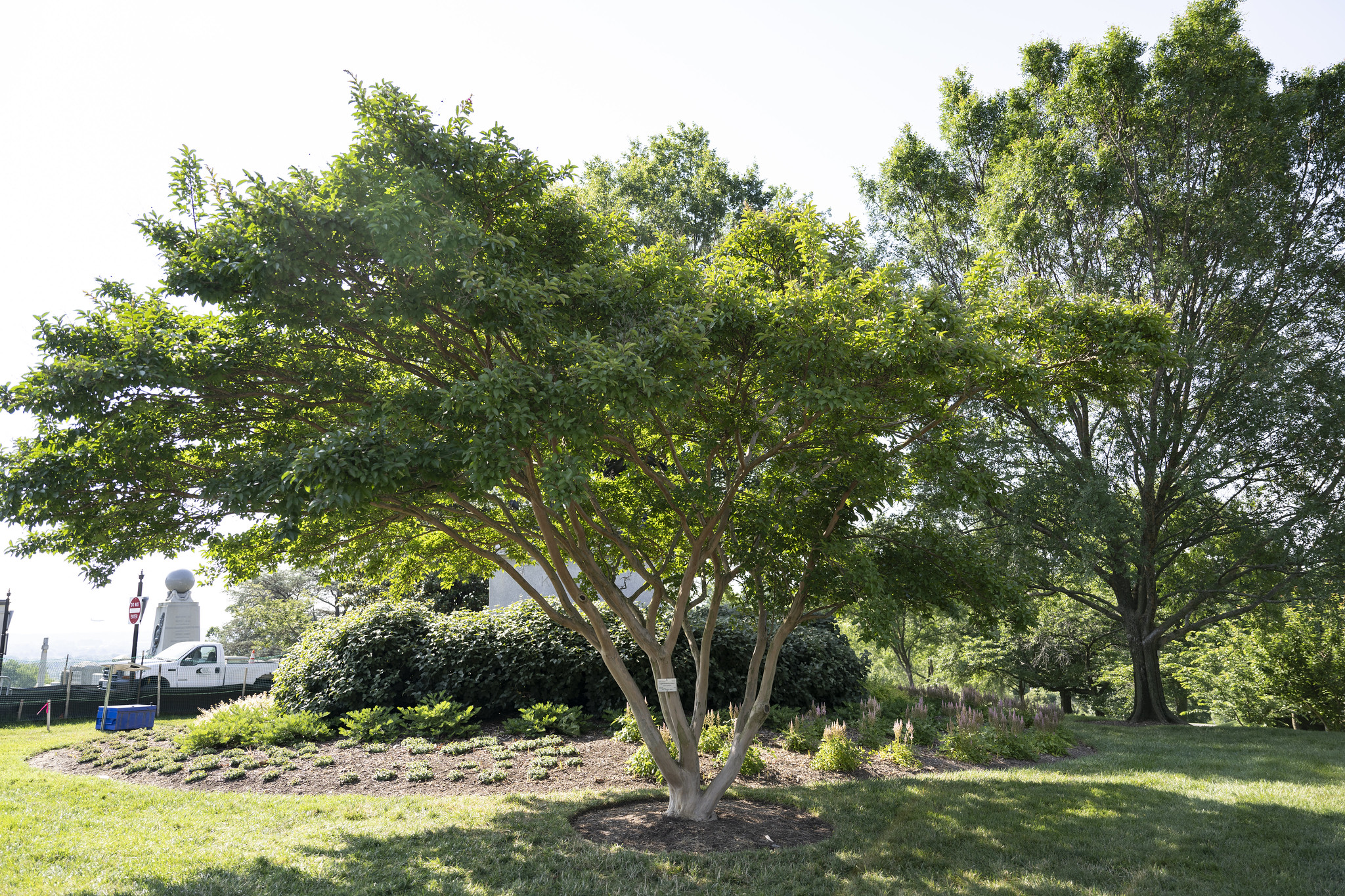
Tree #2: Hattie Neal Crape Myrtle
Hattie Neal planted a crape myrtle in the front yard of her family’s home in McIntosh, Florida. Hattie Neal's crape myrtle was said to be the largest in the United States.
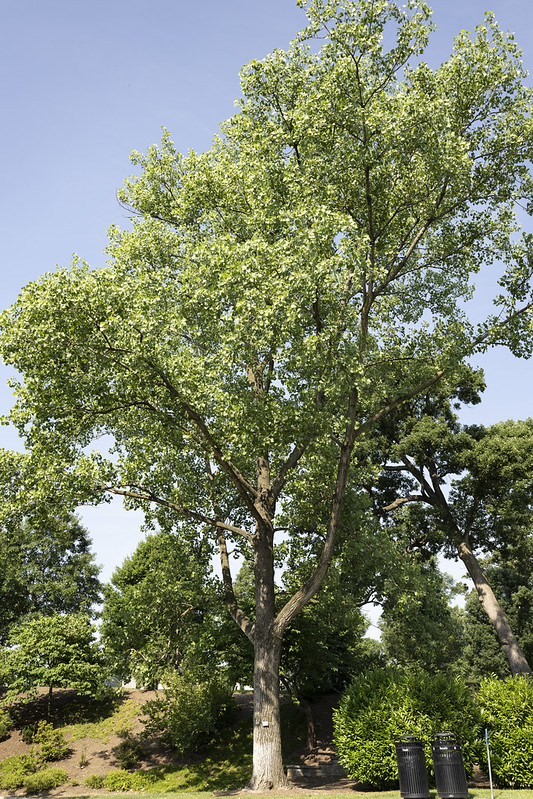
Tree #4: Ute Council Cottonwood
The Ute Council cottonwood tree, located in Delta, Colorado, was said to shade peace meetings between the Ute tribe and early settlers of the west. The Ute Council tree was estimated to be over 215 years old at the time of its death in 2017. Twenty-three feet of the trunk was left standing as a memorial.
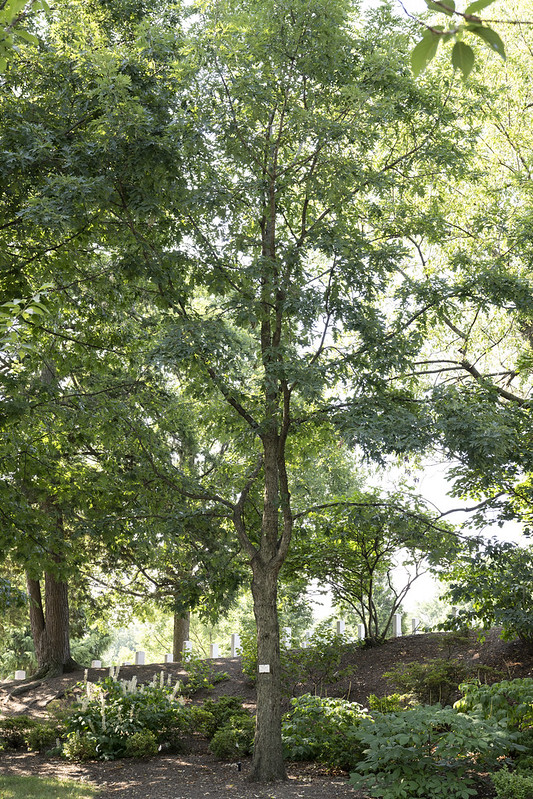
Tree #5: Charter Oak
The charter oak was the most well-known and celebrated tree in Wyllys Hill, Connecticut (near Hartford), estimated to have been between 800 and 1000 years old when it fell in 1856. The tree was considered by many to be a symbol of the spirit of American independence and of the colonists' quest for freedom.
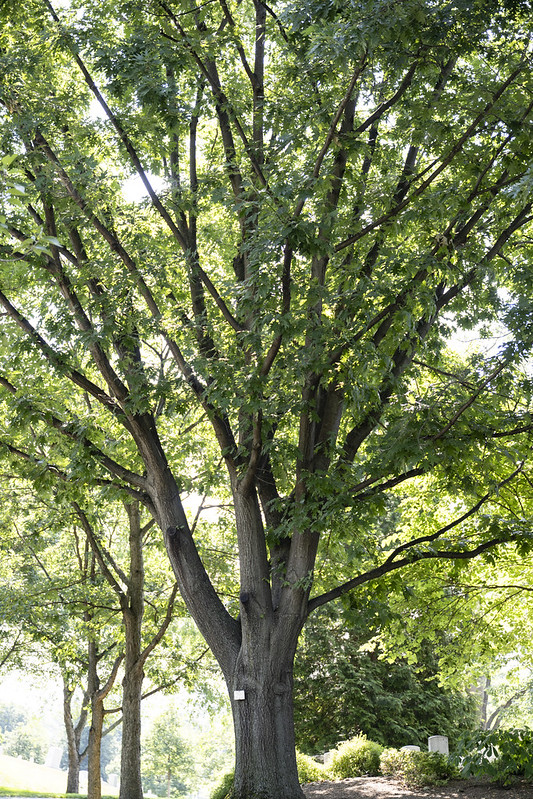
Tree #6: Nathan Hale Northern Red Oak
Nathan Hale was a captain in the Continental Army during the Revolutionary War. After his capture by the British and confession of being a spy, he was hanged, purportedly utterly the famous words, "I only regret that I have but one life to lose for my country." A red oak shaded his childhood home.
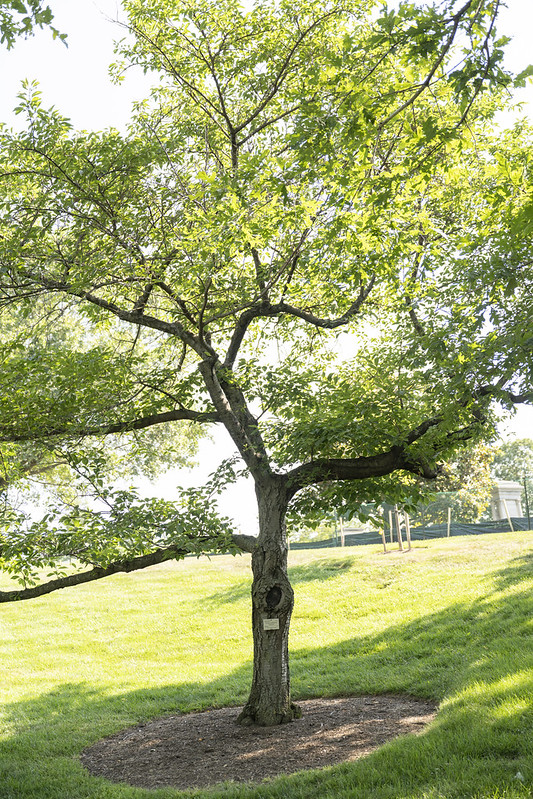
Tree #7: Tidal Basin Japanese Cherry
In 1909, Japan gifted 2,000 Japanese cherry tree saplings to the United States. Unfortunately, the original trees did not survive. When the second shipment of 3,000 saplings arrived two years later, Helen Herron Taft, the wife of President William Taft, planted the first two trees on March 29, 1912, along with the Japanese ambassador’s wife.
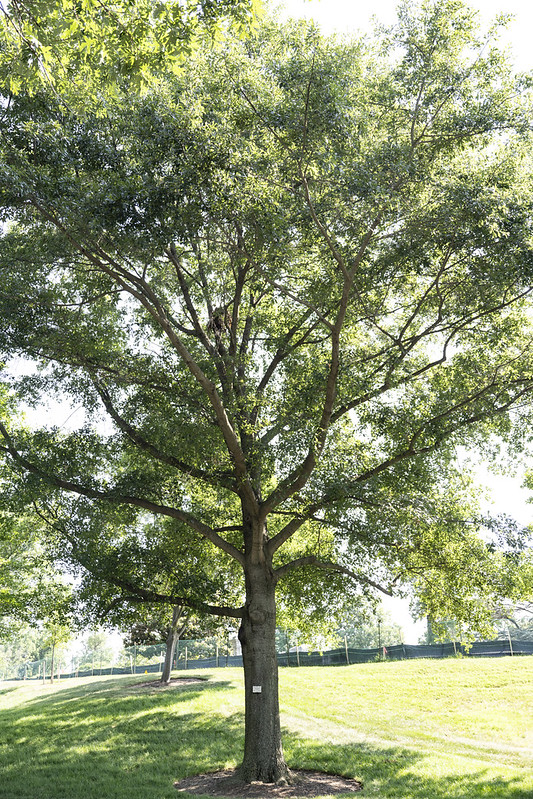
Tree #9: Jesse Owens White Oak
A member of the U.S. track team in the 1936 Olympic Games, Jesse Owens became the first American to win three Olympic events. A white oak is located at Owens’ boyhood home in Danville, Alabama.
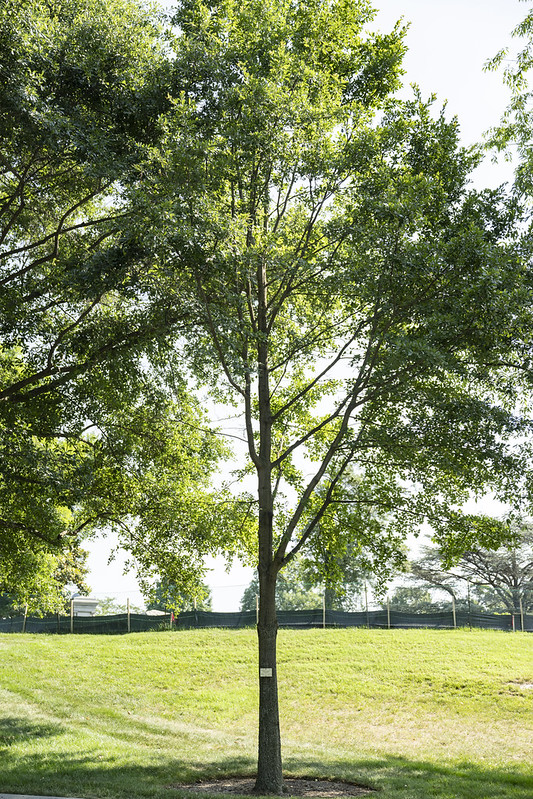
Tree #10: Helen Keller Water Oak
In her book "The Story of My Life," Helen Keller recalled studying nature by climbing trees in the yard of her home. While the exact tree remains a mystery, the more than 100-year-old Helen Keller water oak in Tuscumbia, Alabama is believed to be the one she recalled.
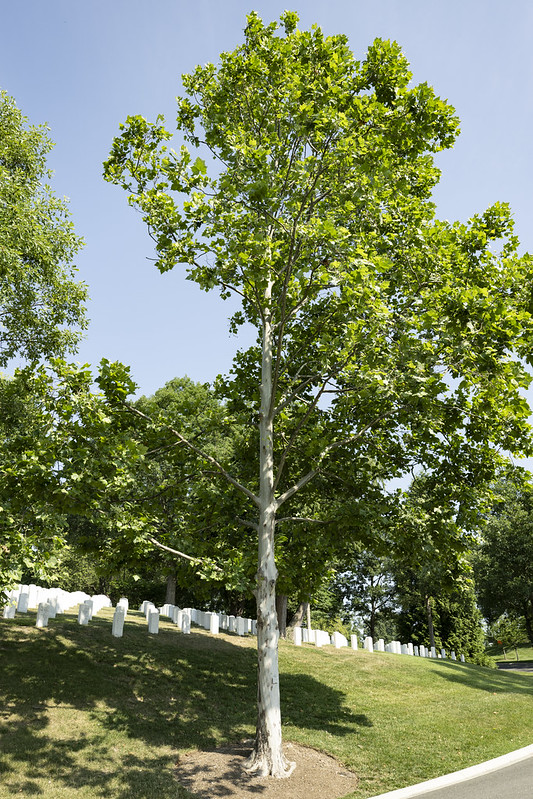
Tree #11: President Dwight D. Eisenhower Sycamore
In 1953, Dwight D. Eisenhower was elected as the 34th president of the United States. In 1961, Eisenhower and his wife retired to Gettysburg, Pennsylvania, where sycamores shaded their farm.
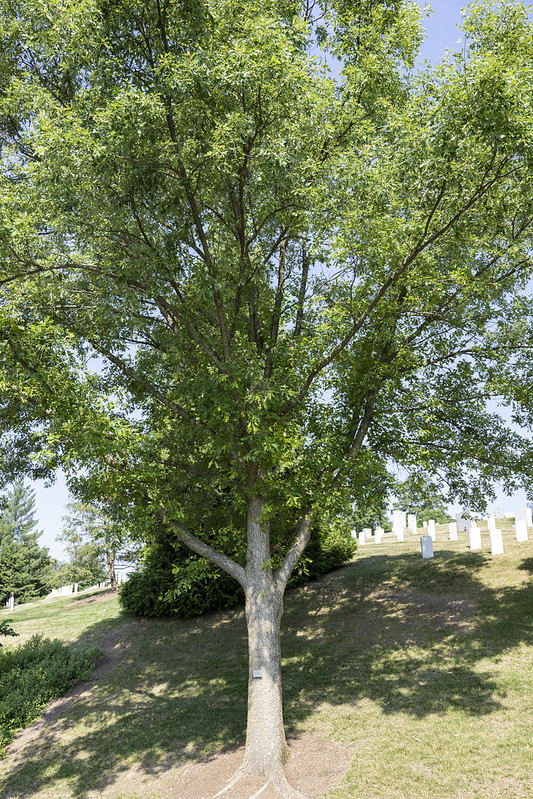
Tree #12: Abe Lincoln Overcup Oak
In 1861, Abraham Lincoln was inaugurated as the 16th president of the United States, shortly before the Civil War began. President Lincoln's legacy includes U.S. victory during the Civil War, preservation of the union and the abolition of slavery. This tree is a descendent of the oak that shaded the Hardin County, Kentucky, home where Lincoln was born.
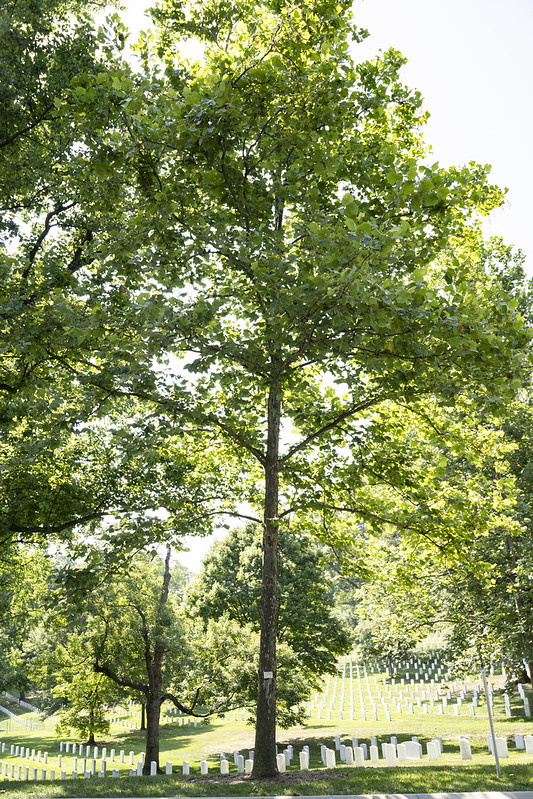
Tree #13: Antietam Sycamore
The Antietam sycamore stands in silent honor of the more than 22,000 casualties from the Civil War battle of Antietam on Sept. 17, 1862—the deadliest single day in American history. It stands at the end of Burnside Bridge near Sharpsburg, Maryland, where U.S. troops forced a crossing against Confederate troops.
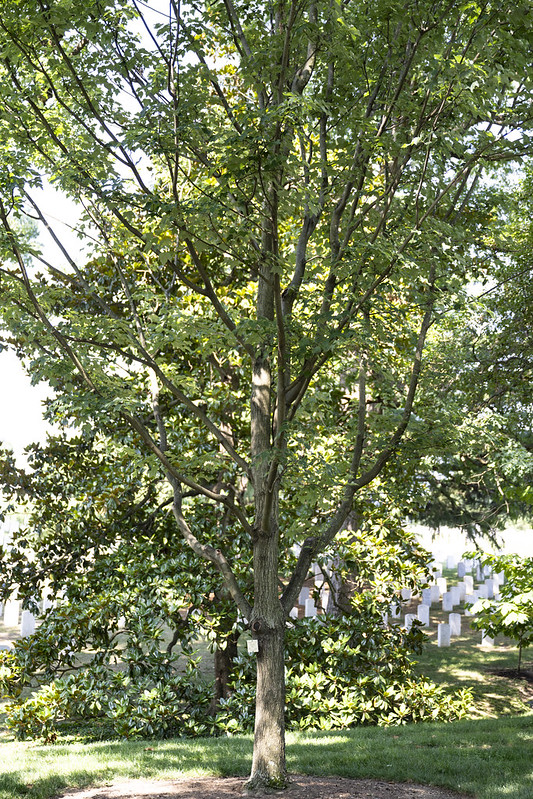
Tree #15: Walden Woods Red Maple
This Walden Woods red maple was grown from seeds of trees descended from those that shaded 19th-century author Henry David Thoreau’s Walden Pond in Concord and Lincoln, Massachusetts, as part of the effort to preserve the Walden Woods for future generations.
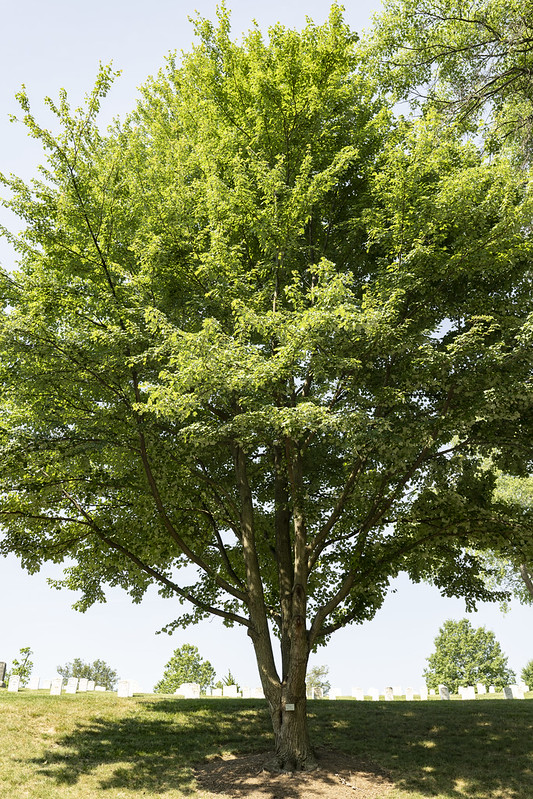
Tree #17: Charles Lindbergh Red Maple
On May 20-21, 1927, aviator Charles Lindbergh became the first person to fly solo, nonstop across the Atlantic Ocean. The Charles Lindbergh red maple stands at his boyhood home in Little Falls, Minnesota.
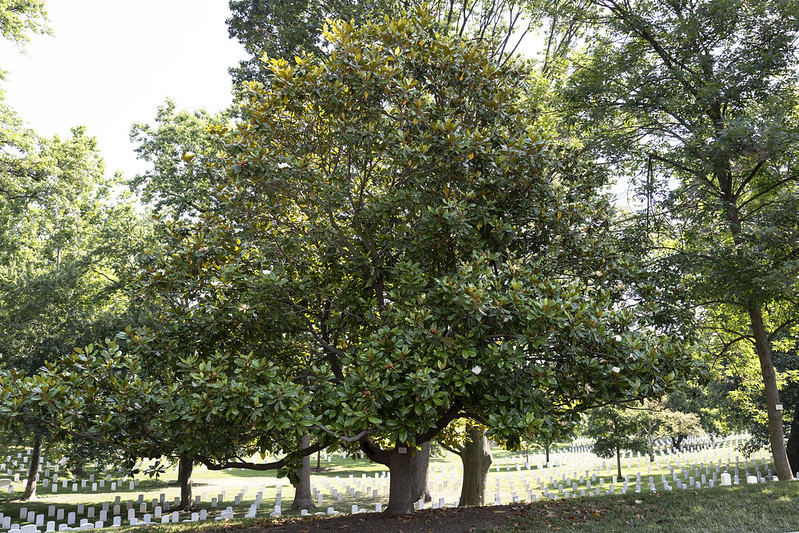
Tree #18: Champion Hill Southern Magnolia
During the Civil War, the Battle of Champion Hill, fought on May 16, 1863, a decisive victory in U.S. Gen. Ulysses S. Grant's Vicksburg campaign. The Champion Hill southern magnolia stood in the yard of the Coker House near Champion Hill, Mississippi.
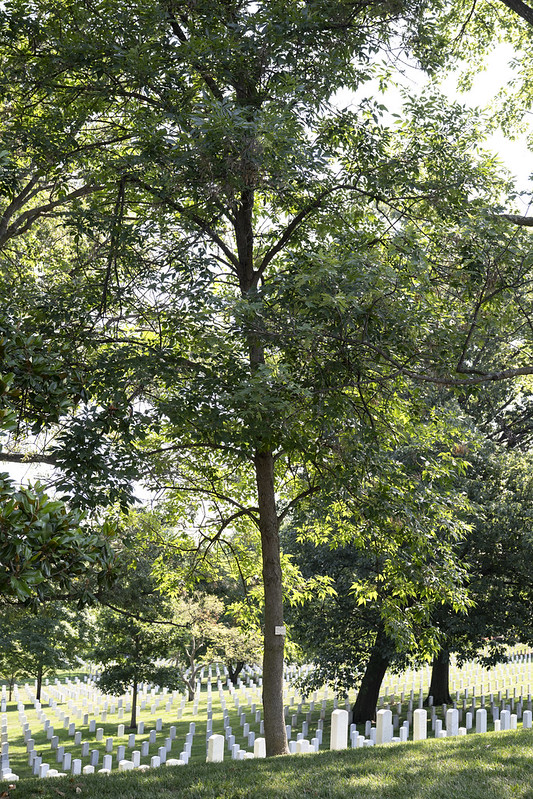
Tree #19: George Washington Carver Green Ash
Dr. George Washington Carver, who was born enslaved, was an agricultural scientist and educator who pioneered innovative uses of peanuts, sweet potatoes and other Southern agricultural resources. This tree was grown from seeds collected from the Tuskegee Institute in Tuskegee, Alabama (now Tuskegee University), where Carver taught for 47 years.
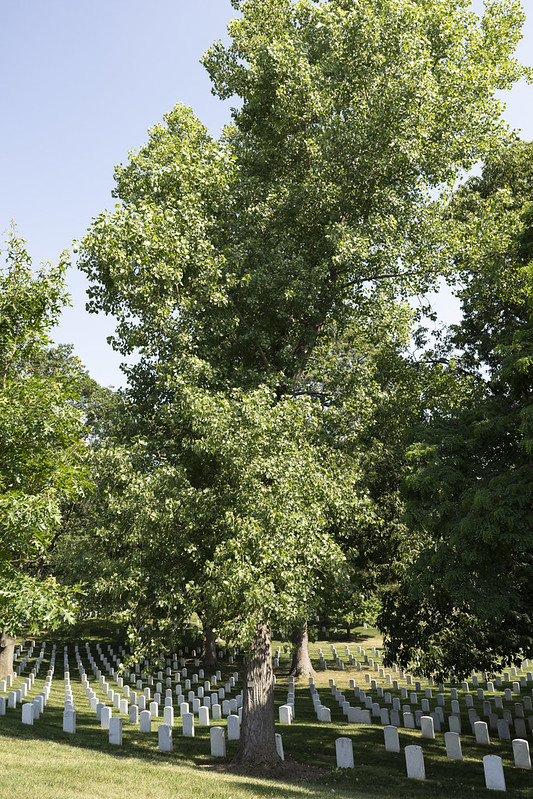
Tree #20: Lewis and Clark Cottonwood
On the evening of July 25, 1806, explorers Meriwether Lewis and William Clark camped under trees near Cut Bank, Montana, along with eight Blackfoot scouts. That night, members of the expedition killed two of the scouts, increasing tensions between settlers and Native Americans in the region.The Lewis and Clark cottonwood stands on the site of the conflict.
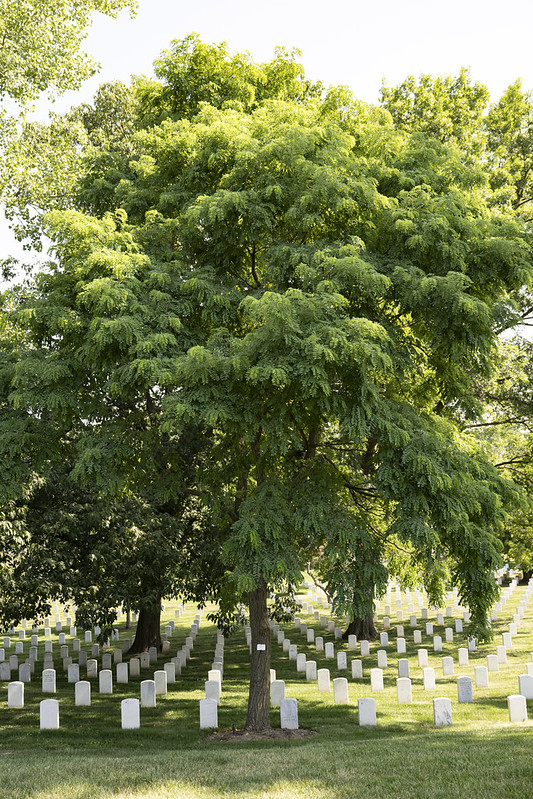
Tree #21: Fort Atkinson Black Locust
In 1804, Lewis and Clark met with members of the Missouri and Ohio tribes at a place they named Council Bluff. Fifteen years later, a fort commanded by Col. Henry Atkinson was established at the site. In 1823, the fort's second commander, Col. Henry H. Leavenworth, planted a grove of black locust trees at the fort. Today, those trees are located at Fort Atkinson Historical Park, Fort Calhoun, Nebraska.
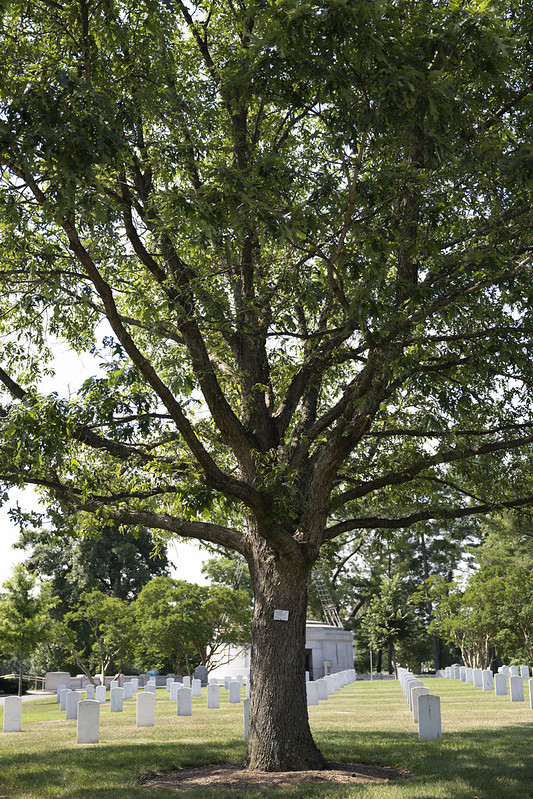
Tree #23: Guildford Courthouse White Oak
The Guilford Courthouse white oak, located in North Carolina, stood witness to fighting between colonists and the British during the Revolutionary War in 1781.

Tree #24: Montpelier Pignut Hickory
The Montpelier pignut hickory shaded President James Madison’s Montpelier, his estate in Orange County, Virginia. In addition to serving as president for two terms, Madison played a significant role in the development of the Constitution and the Bill of Rights.
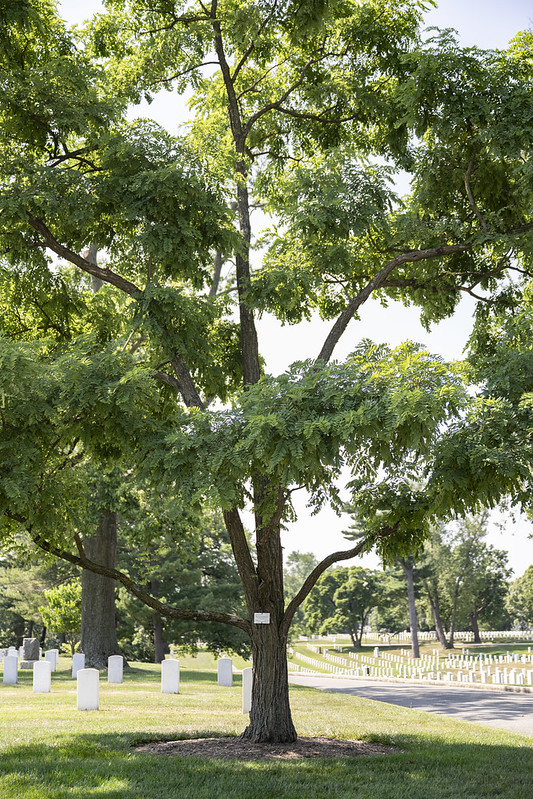
Tree #25: Independence Hall Black Locust
The Independence Hall black locust, located at the entrance of Independence Hall in Philadelphia, Pennsylvania, is a living witness to significant events in the formation of the United States, including the meeting of the Second Continental Congress, the signing of the Declaration of Independence and the writing of the Constitution.
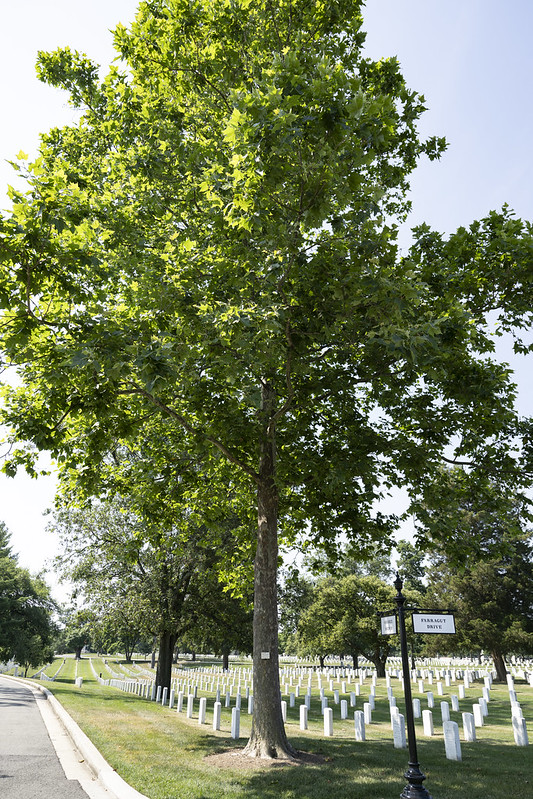
Tree #27: Lafayette Sycamore
The 111-foot Lafayette sycamore in Brandywine Battlefield Park in Chadds Ford, Pennsylvania, sheltered troops led by General George Washington and the Marquis de Lafayette during the Revolutionary War battle of Brandywine in 1777. The tree is over 300 years old.
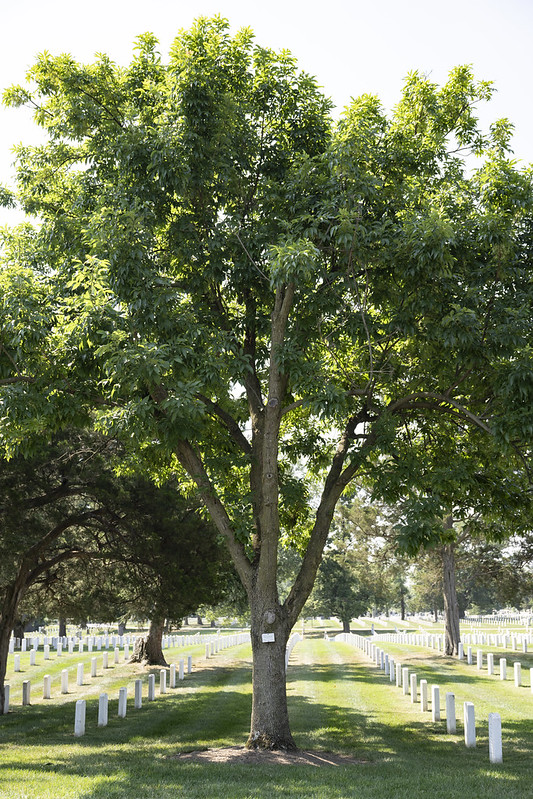
Tree #30: Harriet Beecher Stowe White Ash
Harriet Beecher Stowe, one of America's most renowned novelists, ardently opposed slavery. Her 1852 novel, "Uncle Tom's Cabin, or Life Among the Lowly" became a canonical text of the abolitionist movement. This white ash was grown from seeds collected at Stowe’s birthplace in Hartford, Connecticut.
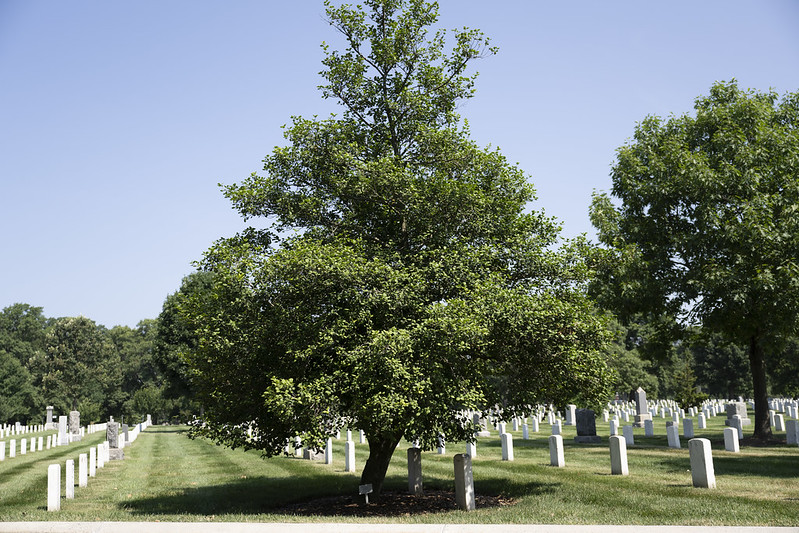
Tree #33: George Washington American Holly
After George Washington's years of service to his country were over, he returned to his beloved Mount Vernon estate, where he engaged in landscaping and gardening as his primary daily activities. In 1792, according to his journal entries, he established an area specifically for "any and all kinds of plants fit for hedging." The George Washington American holly was grown from seeds gathered at Mount Vernon.
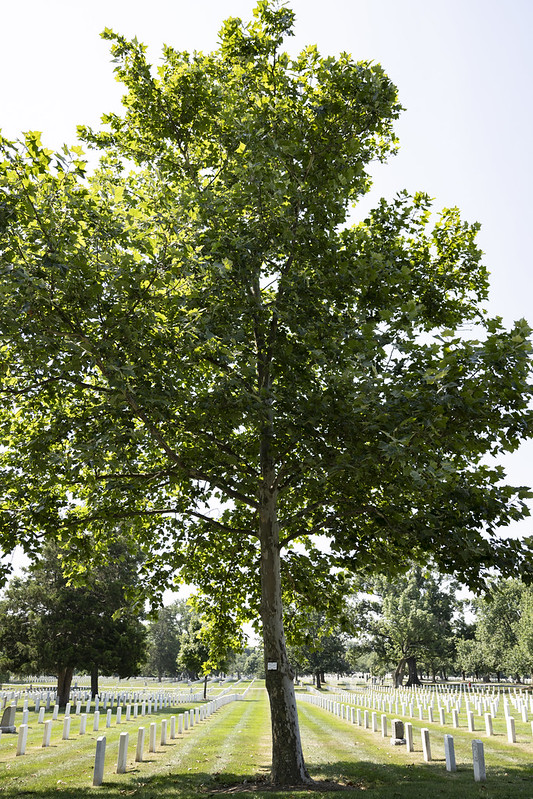
Tree #34: Pringle Sycamore
The Pringle tree is located on the site of the first permanent non-Native settlement west of the Allegheny Mountains, in what is now Buckhannon, West Virginia. The tree, a large hollow sycamore, is the third generation of a large, hollow sycamore that reportedly provided shelter for two British soldiers, John and Samuel Pringle, who deserted from Fort Pitt during the French and Indian War in 1761.
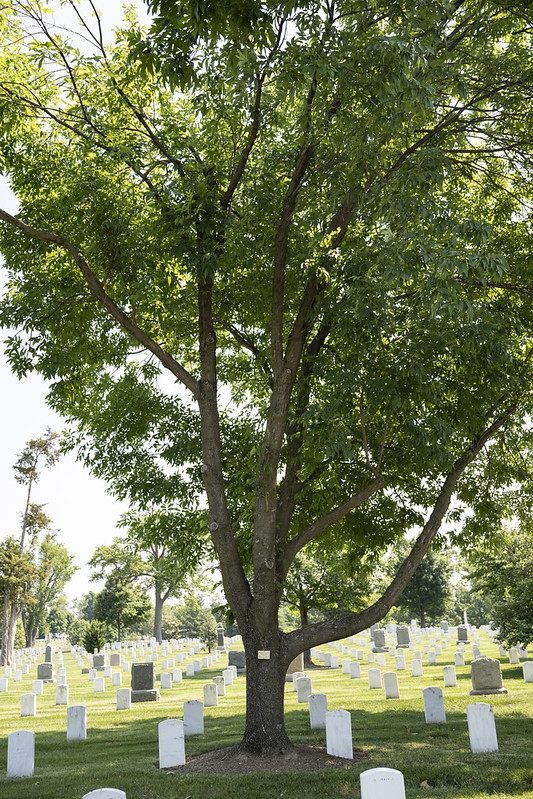
Tree #35: Eleanor Roosevelt White Ash
Eleanor Roosevelt, first lady during the administration of President Franklin D. Roosevelt (1933-1945), held many significant positions during her career: chairman of the Democratic Public Service Committee, assistant director of the Office of Civil Defense, and U.S. representative to the United Nations General Assembly and chairman of its Human Rights Commission. A white ash shaded her home in Hyde Park, New York.
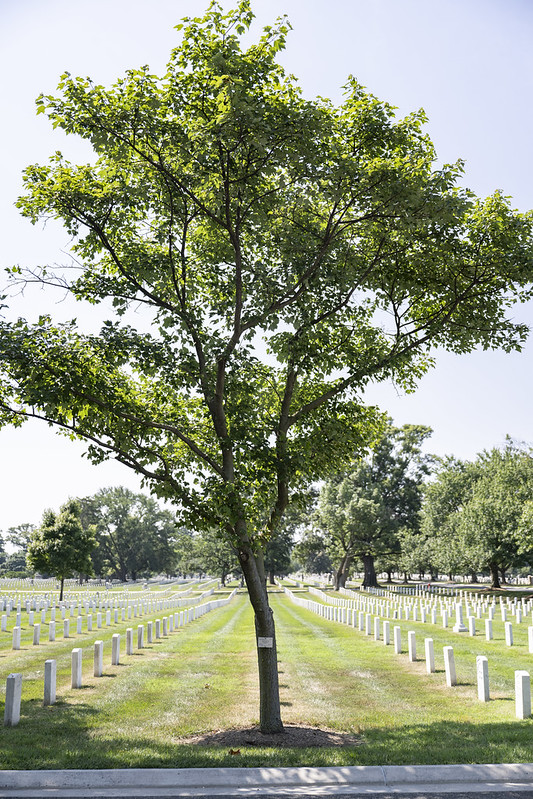
Tree #36: Minuteman Red Maple
When British soldiers marched toward Lexington, Massachusetts, on the morning of April 19, 1775, they were faced by local militia members sworn to be "ready in a minute" to resist colonial rule. A shot was fired, starting the American Revolution. The Minuteman red maple resides at the National Historical Park in Concord, Massachusetts.